Indian Creek boondocking
So, yea, I’m a little behind in my blogging…
Back at the end of August we rolled into Alpine, Wyoming to stay near enough to the Grand Teton National Park – as it was our destination the following week – but far enough away to avoid the Labor Day Weekend crowds. Not far out of Alpine, and across Idaho state lines, is Palisades Reservoir in the Caribou-Targhee National Forest. Here at Indian Creek, we though we would camp along the water for the week.
We soon realized the flaw in that plan as the four-wheelers, quads, and dirt-bikers were doing their thing in the large open areas near the water. Not only do we not care to be near all that dust, but same with the noise. And the dogs would be unsafe both to each other and to those having fun on their vehicles. The camping wasn’t great to begin with; just a large open and sandy patch of land that the water once claimed as the lake bottom. So, after a single night, we set out to find another place to camp with a little more P&Q (peace and quiet).
As luck would have it, we did not need to move far at all. Just across the highway and two miles down a gravel road lay the best campsite in the entire area (we know, we checked them all) and we moved right in, and a whole week before the Labor Day crowds would arrive.
Our new home had a stream rambling past, trees on either side of us, an a large flat area for the trailer and space for the dogs to play. Immediately, Byron was in the water and Moose was in the bushes hunting for rodents. In fact, Moose actually caught his first even mouse here, beginning his long career as a mouse-killer. If only we could convince him to be so diligent to the rodents that make it inside the trailer.
There still lay another mile or so of dirt road beyond our site and by the Thursday before Labor Day RV-traffic started rolling down the road. Friday we counted dozens of trailers, most in the 40+ foot range and almost all carrying “toys” (quads, bikes, etc) with them. We were lucky that our spot sheltered us from the crowds gathering up the road, but we knew it was too large to be alone that weekend. Eventually, someone would come asking to stay beside us, and that did happen just after sunset on Friday night.
A truck, towing a horse trailer, came down to our plot of land. I went out to greet and welcome and met three cowboys looking for a place to pitch tent for the night so they could ride the trails in the morning. We couldn’t as for better neighbors in my opinion. They were gone by first light, riding the trails all day, then came in around dinner time and packed everything back up to go home.
We left the following day (Sunday) to pull into our favorite spot to camp in the entire West, which would become our home for two weeks and a long-planned adventure back country camping in the Grand Teton National Park.
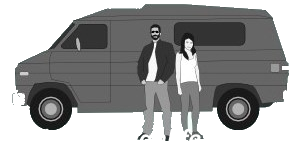

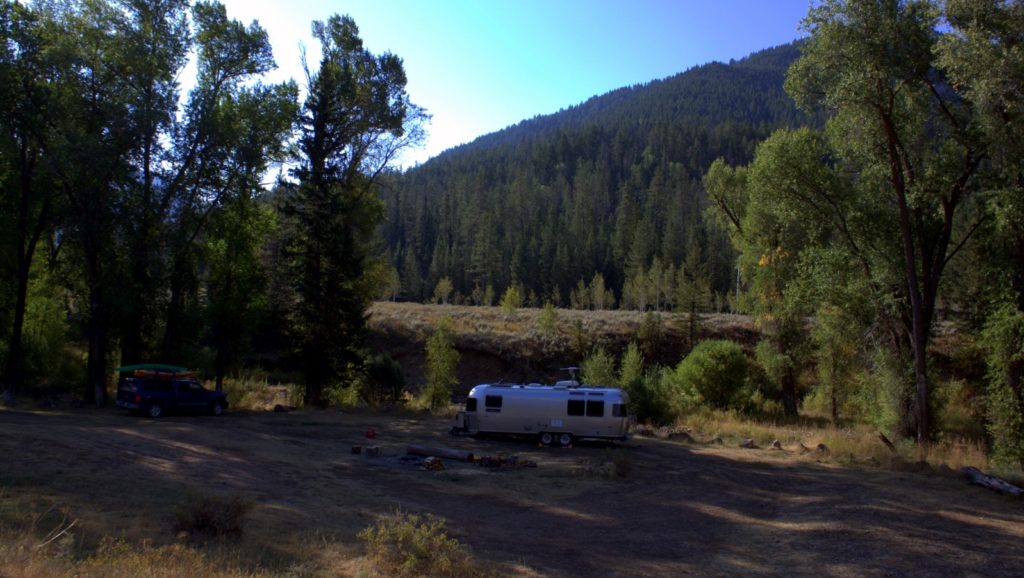
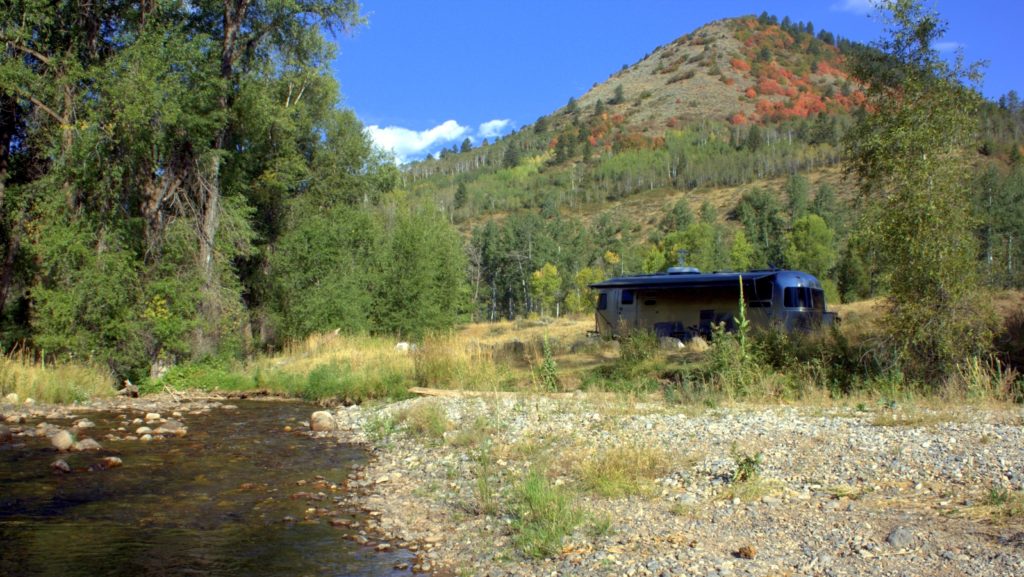
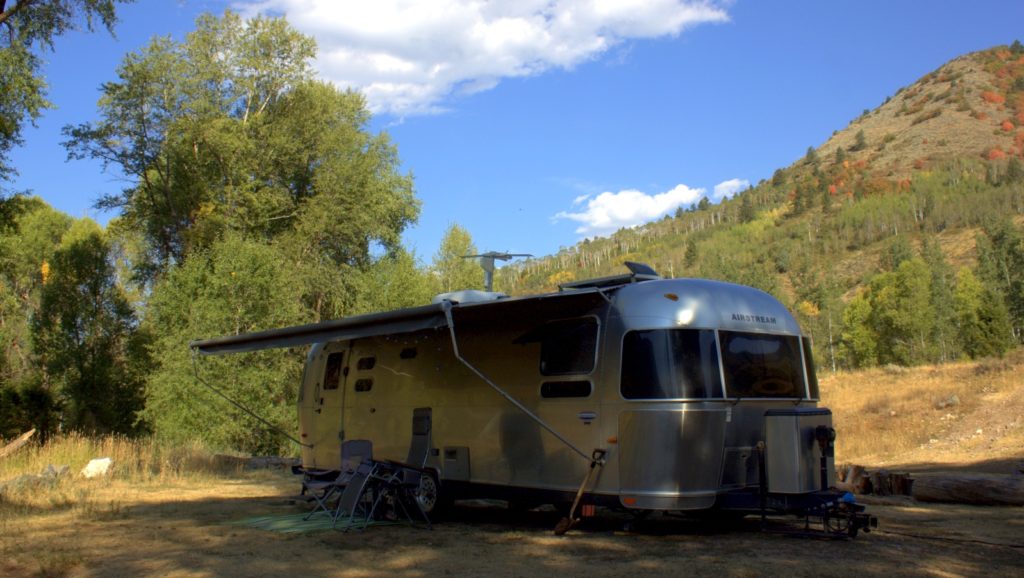
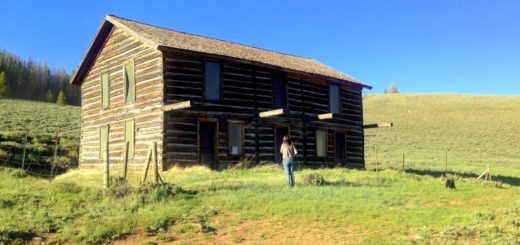
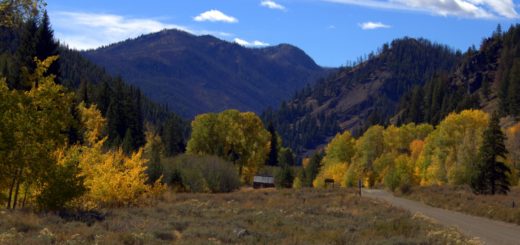

Great spot! Thank you for sharing. I am wondering how you know that you are allowed to camp there? I’ve always stayed in the “organized” type of camping, but this sort of thing appeals to me more. Not just because it is free, but the freedom and distance from the rest of the world. Perhaps you could explain to me how you know that you are allowed to camp in these spots and how you would go about finding them. I’m not sure I am brave enough to just start towing on some random road not knowing what I will encounter with a 30′ trailer. So there must be a way of knowing ahead of time. I also wouldn’t want to set up on someones land or get fined by just camping there. I looked on the website http://www.fs.usda.gov/activity/ctnf/recreation/camping-cabins to see what information there is, but perhaps it is listed elsewhere or not at all.
If you have a few minutes I hope you would please educate me in these areas.
Thanks,
Thanks Walt.
These places (National Forests, BLM lands, etc) are public lands. We, the public, can go do pretty much anything we want in these lands (within reason and a few minor regulations). The Forest service calls it “dispersed camping” while we RV-types call it “boondocking”. The Forest service or BLM office website may have info on some spots, and the rangers usually know if you talk to them personally. Many times there is an actual sign at the start of the forest, or the start of that particular road, that tells you the camping limit (usually 14 days) which is a clear sign that you can. Basically, in public lands, you can unless specifically told otherwise.
If you want to be able to start enjoying boondocking without much worry about towing down a random dirt road, check out http://www.campendium.com and look at their listing of Free campsites. Most have reviews that include road conditions, cell signal, and great photos. They are my go-to resource for boondocking locations and I add all my new-found sites there as well… you can find all my spots here in-site (https://www.van-tramp.com/wp/confirmed-boondocking-locations/)